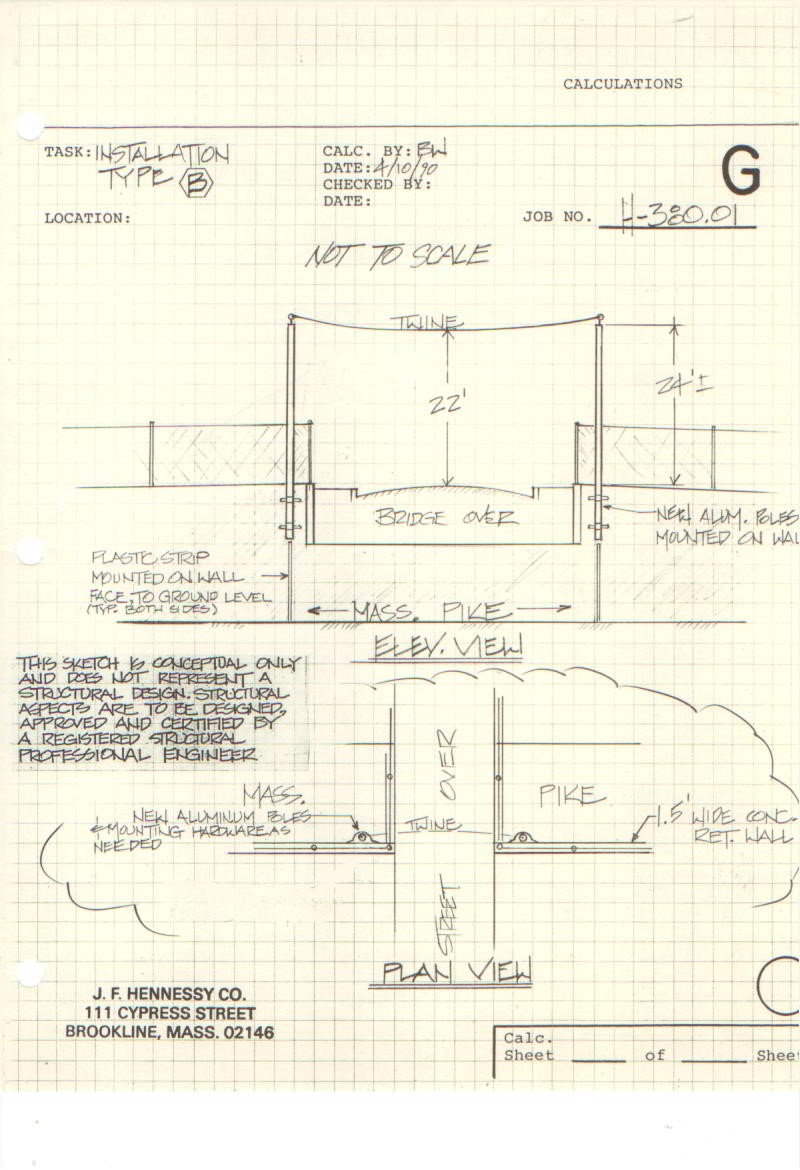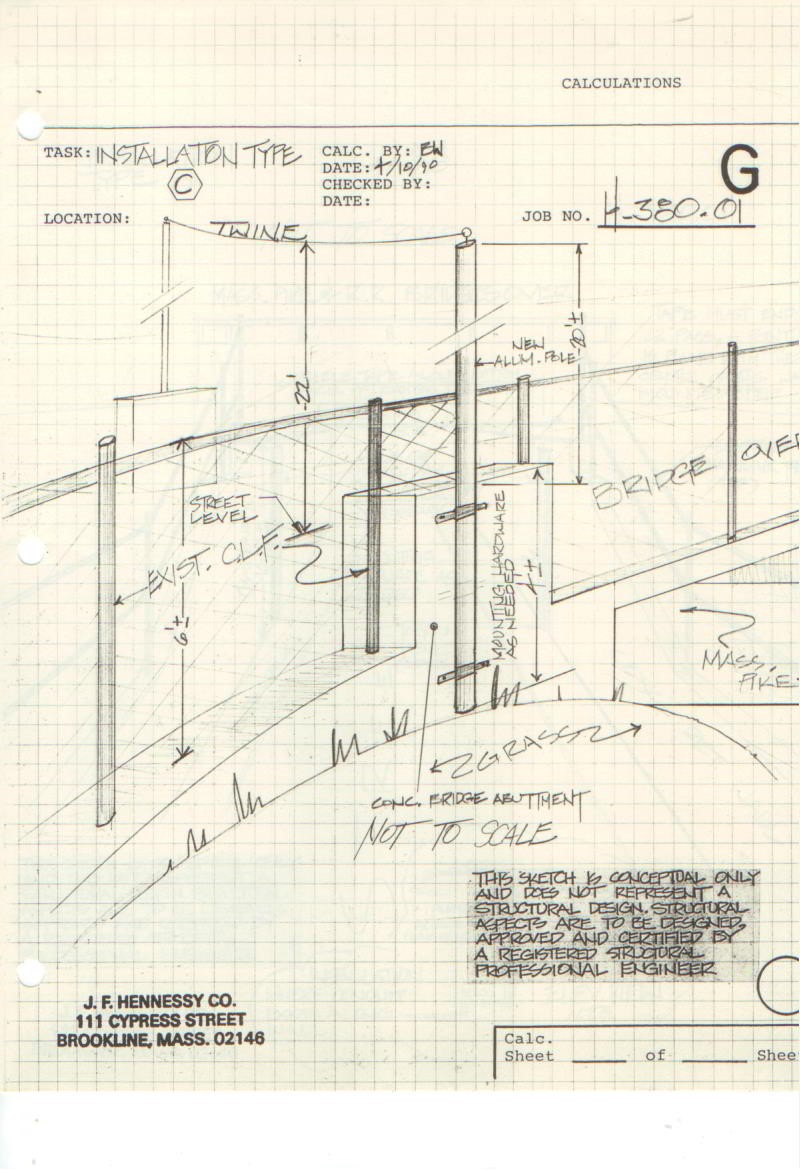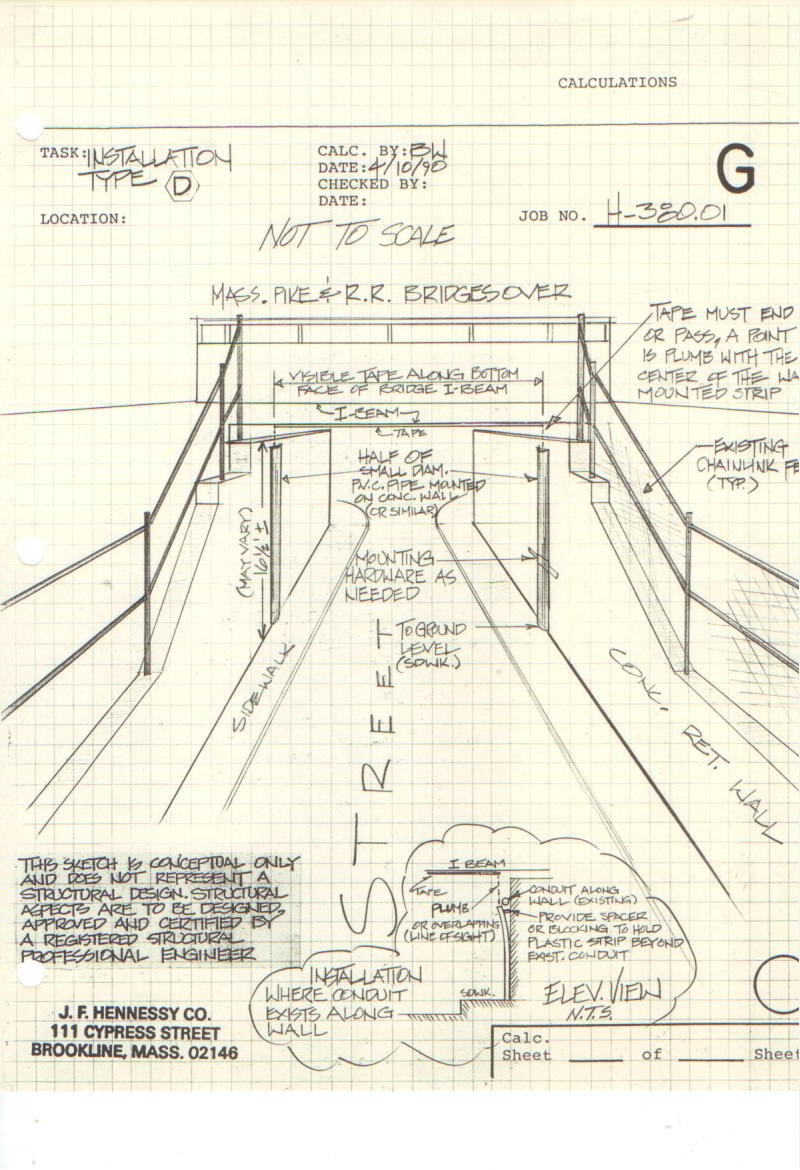Project Spotlight: Ancient Traditions Meet Modern Regulations
Project Spotlight: Ancient Traditions Meet Modern Regulations
If you ask a surveyor how they make their living, you better have some time on your hands. Though most survey projects involve some combination of a surveyor’s core skills—determination of property lines, ground topography, and construction layout—the applications of these skills can vary widely from property boundary disputes to massive commercial undertakings.
But every now and then, something completely new and different comes along.
The J.F. Hennessy Company, one of DGT’s chief surveying-engineering predecessor firms, operated in the Town of Brookline for nearly 80 years. In that time, Hennessy served its home municipality, as well as bordering cities and towns, providing the typical surveying and site engineering services one might expect of any specialized local firm. But in 1989, the surveyors at Hennessy were called upon for help with a unique project—one that would aim to marry two millennia of Talmudic laws and customs with 20th century engineering permit approvals to construct an eruv.
Since 1984, the Brookline-based Greater Boston Eruv Corporation (GBEC) has been working to develop, build, and maintain an extensive eruv (pronounced ‘ay-roov’), a district for Jewish communities throughout parts of Boston, Brookline, and Newton. An eruv is a physical boundary that serves as a symbolic connection, and ultimately demarcation, between public and private domains in residential areas surrounding traditional, observant Jewish communities.
Within the confines of an eruv, for example, the sidewalk connecting the homes of multiple Jewish households would be considered part of the private community, instead of public domain. With this integration, activities that observant Jews are normally forbidden to do in public on Shabbat—chiefly engaging in labor by carrying items—may still be done in the eruv-denoted domain.
Strictly speaking, an eruv is required to be a continuous and unbroken “fence.” In the case of the GBEC’s Greater Boston Eruv, this “fence” was comprised of humble polypropylene twine supported by a network of steel posts. But in 1989, GBEC had some gaps to fill in the community’s fence. That’s where the Hennessy surveying-engineering teams came in.
The GBEC hired Hennessy to provide surveying and engineering services and work with the Massachusetts Turnpike Authority (MTA) to respond to specifications for erection of portions of the eruv where gaps existed. The gaps in question ran along the Mass Turnpike (I-90) that formed the northern border of the eruv. The existing Turnpike fence in this area formed a natural community barrier and was well-situated to support a portion of the Greater Boston Eruv’s perimeter. A complication however was the existence of several overpasses that crossed perpendicular to the Pike, creating gaps that needed to be spanned by the eruv for it to remain unbroken.
The Hennessy surveyors reconnoitered the proposed eruv perimeter to determine the locations and types of Eruv pole, based on ground conditions. In this work, the team had to consider potential impediments such as belowground and aboveground utilities. Of particular concern for the MTA were the locations and clearance heights of trolley wires for the MBTA Green Line surface cars.
Drawing on its rich history and deep knowledge, Hennessy dug into land title records to identify the public or private owner of land parcels or easements where the poles would be erected. The team then drew up a set of location plans with each designated location overlain on the Turnpike’s layout mapping.
Hennessy surveyors met with the Turnpike Authority’s engineers to explain the project, the materials and the construction methods proposed, and to get the Turnpike’s advice, requirements and, ultimately, sign-off on the project. Based on these discussions, the Hennessy surveyors handed the work off to the Hennessy engineers to draft structural plans for the various fence support elements, all of which had to pass muster with both local governing bodies and Talmudic law.
All necessary permits were approved and the Greater Boston Eruv was completed in January of 1993. Today, in 2020, the Greater Boston Eruv is still maintained, and even in some places is expanding.
At DGT, we pride ourselves on using our diverse technical knowledge to enhance the neighborhoods and communities we serve. The Hennessy legacy—a legacy of work supporting Boston’s many different and thriving communities—is one that we’re proud is embedded in our culture. Our work is more than just our livelihood—it’s our passion, our strength and our hunger to help create spaces and structures for generations to come.




